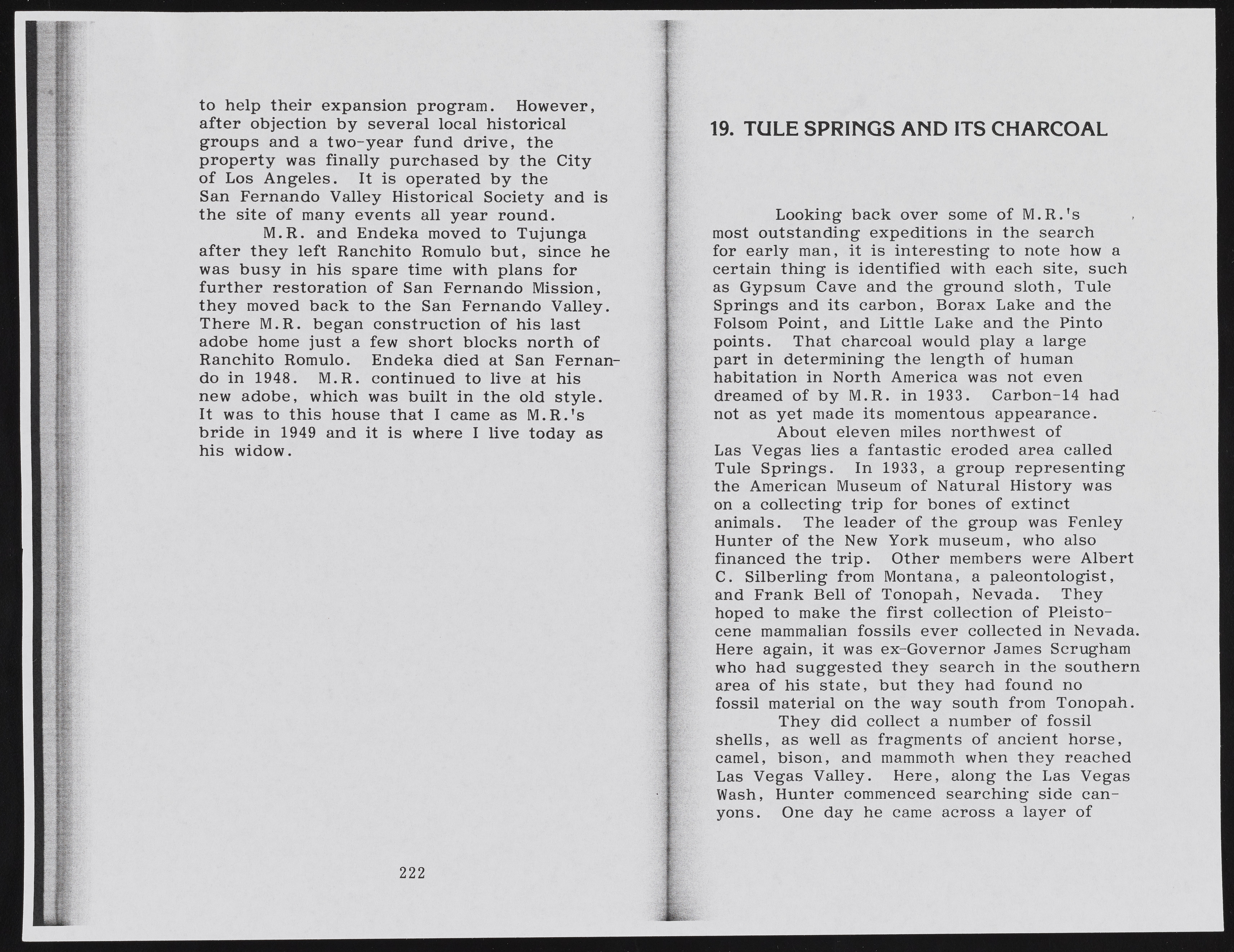Copyright & Fair-use Agreement
UNLV Special Collections provides copies of materials to facilitate private study, scholarship, or research. Material not in the public domain may be used according to fair use of copyrighted materials as defined by copyright law. Please cite us.
Please note that UNLV may not own the copyright to these materials and cannot provide permission to publish or distribute materials when UNLV is not the copyright holder. The user is solely responsible for determining the copyright status of materials and obtaining permission to use material from the copyright holder and for determining whether any permissions relating to any other rights are necessary for the intended use, and for obtaining all required permissions beyond that allowed by fair use.
Read more about our reproduction and use policy.
I agree.Information
Digital ID
Permalink
Details
More Info
Rights
Digital Provenance
Publisher
Transcription
to help their expansion program. However, after objection by several local historical groups and a tw o-year fund drive, the property was finally purchased by the City o f Los Angeles. It is operated by the San Fernando Valley Historical Society and is the site o f many events all year round. M .R. and Endeka moved to Tujunga after they left Ranchito Romulo but, since he was busy in his spare time with plans for fu rth er restoration o f San Fernando Mission, they moved back to the San Fernando Valley. There M.R. began construction o f his last adobe home just a few short blocks north of Ranchito Romulo. Endeka died at San Fernan do in 1948. M.R. continued to live at his new adobe, which was built in the old style. It was to this house that I came as M .R .’ s bride in 1949 and it is where I live today as his widow. 222 19. TULE SPRINGS AND ITS CHARCOAL Looking back over some o f M .R .'s most outstanding expeditions in the search for early man, it is interesting to note how a certain thing is identified with each site, such as Gypsum Cave and the ground sloth, Tule Springs and its carbon, Borax Lake and the Folsom Point, and Little Lake and the Pinto points. That charcoal would play a large part in determining the length o f human habitation in North America was not even dreamed o f by M.R. in 1933. Carbon-14 had not as yet made its momentous appearance. About eleven miles northwest of Las Vegas lies a fantastic eroded area called Tule Springs. In 1933, a group representing the American Museum of Natural History was on a collecting trip for bones o f extinct animals. The leader o f the group was Fenley Hunter of the New York museum, who also financed the trip . Other members were Albert C. Silberling from Montana, a paleontologist, and Frank Bell of Tonopah, Nevada. They hoped to make the first collection o f Pleistocene mammalian fossils ever collected in Nevada. Here again, it was ex-Governor James Scrugham who had suggested they search in the southern area o f his state, but they had found no fossil material on the way south from Tonopah. They did collect a number o f fossil shells, as well as fragments o f ancient horse, camel, bison, and mammoth when they reached Las Vegas Valley. Here, along the Las Vegas Wash, Hunter commenced searching side canyons. One day he came across a layer of

